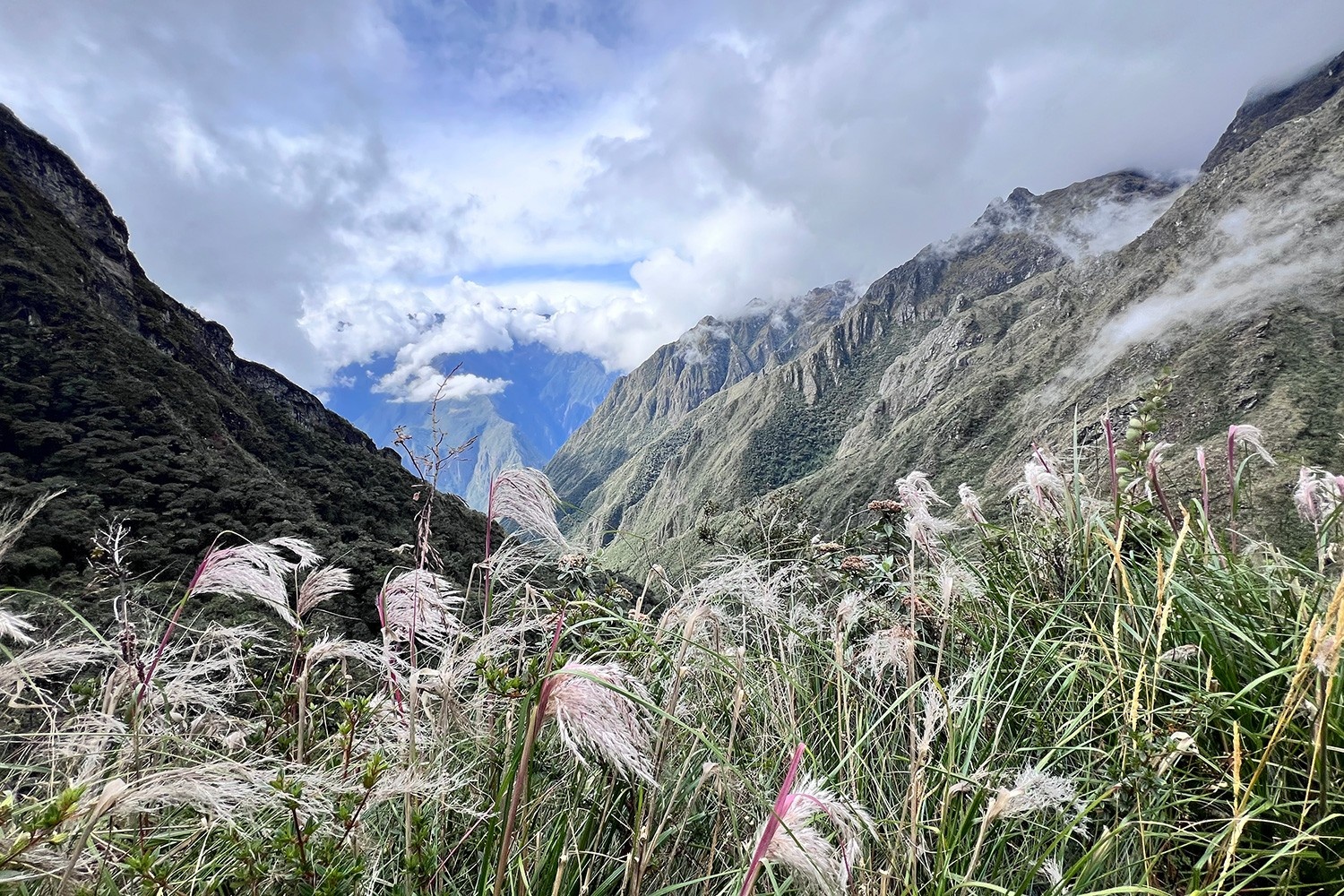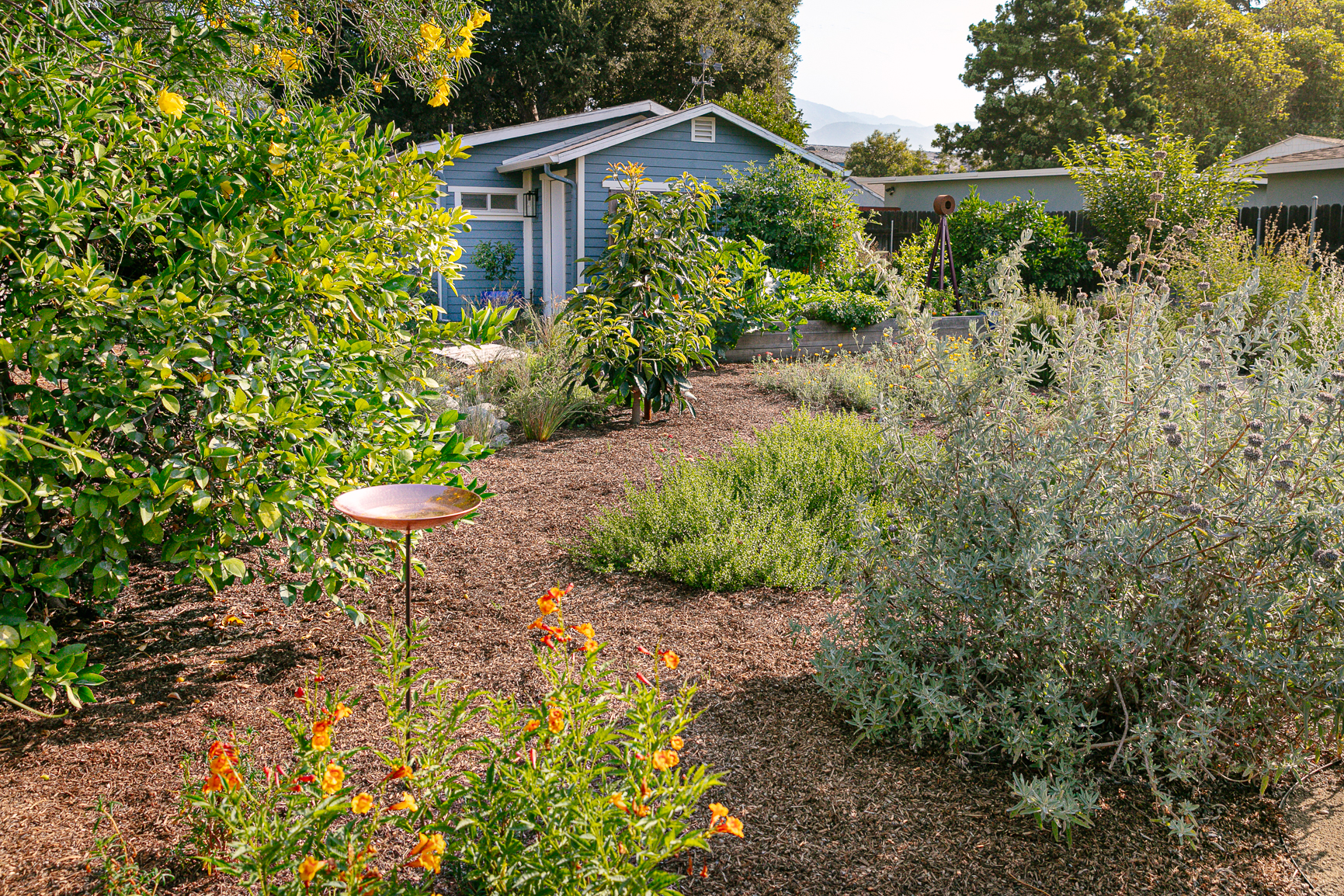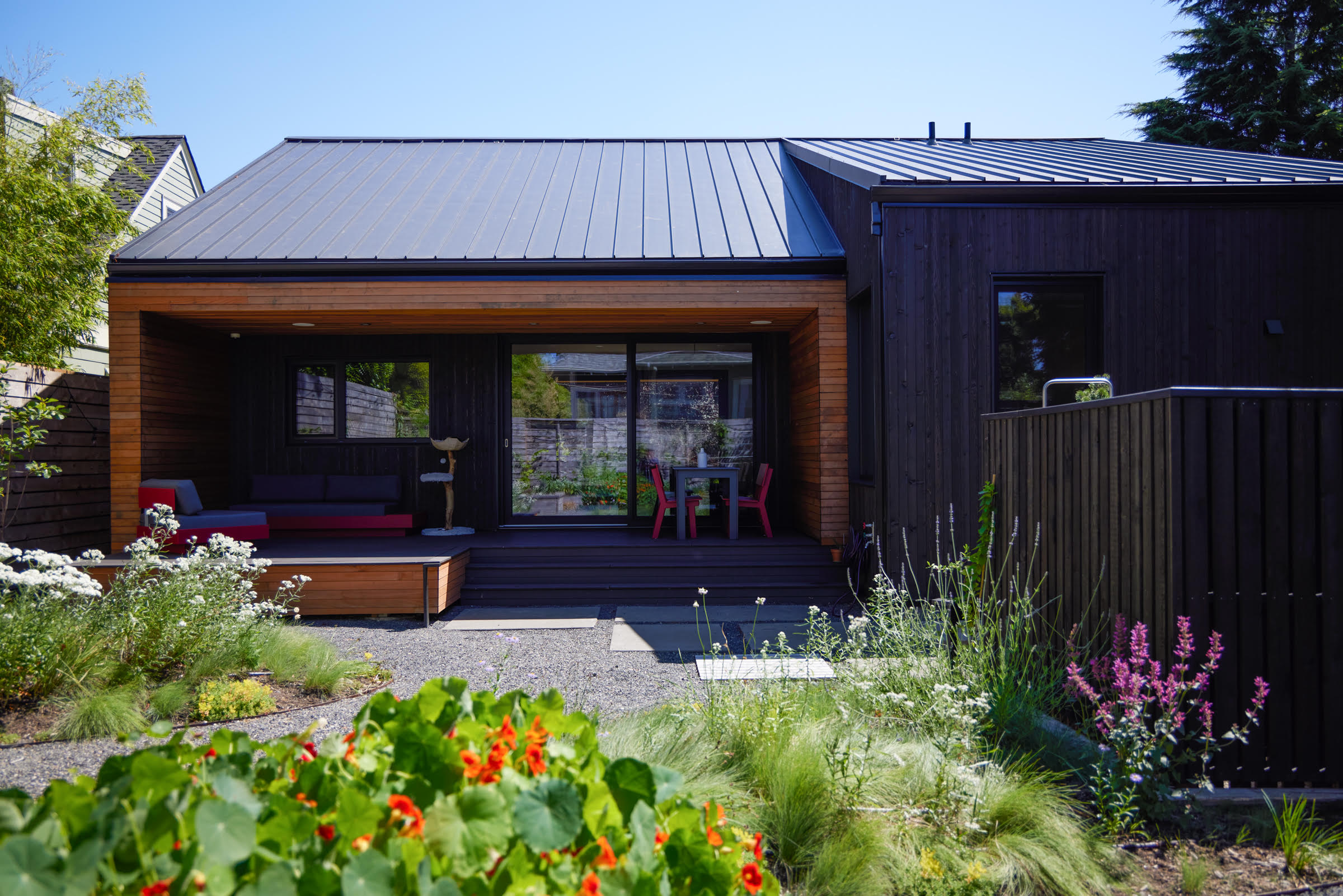NORTH STARS:
Energy Efficiency
Waste Management
Water Management
“The most valuable insight from these ancient cultures may be their underlying approach: humans are part of an ecological system, not separate from it.”
How does one live in an increasingly chaotic climate?
I don’t have all the answers, but one way forward is to look backward — to ancient civilizations that created enduring, sustainable communities. From Sardinia’s Nuragic settlements to the cities of the Mayan empire, these societies built with nature rather than against it, offering valuable insights for today’s environmental and urban challenges.
Across continents, the remains of these civilizations reveal how self-sufficient communities thrived with minimal ecological impact. I visited several of these historic sites to understand how their principles can inform sustainable design today — and what their endurance teaches us about building for the future.
What Sustainable Community Design Really Means
Although often treated as a recent innovation, sustainable design has been central to successful human settlements for millennia. At its core, it’s about building with long-term resource efficiency and environmental integrity in mind — using what’s available locally, minimizing waste, and planning systems that can adapt to change. This includes designing for the full lifecycle of materials, aligning construction with local ecosystems, and reducing pollution or emissions wherever possible. But it’s not only about the environment. Sustainable community design also prioritizes people: it supports human health, comfort, productivity, and connection.
These principles are not new. They show up again and again in ancient architecture and city planning, reminding us that sustainability is as much about wisdom and lived experience as it is about technology or innovation.
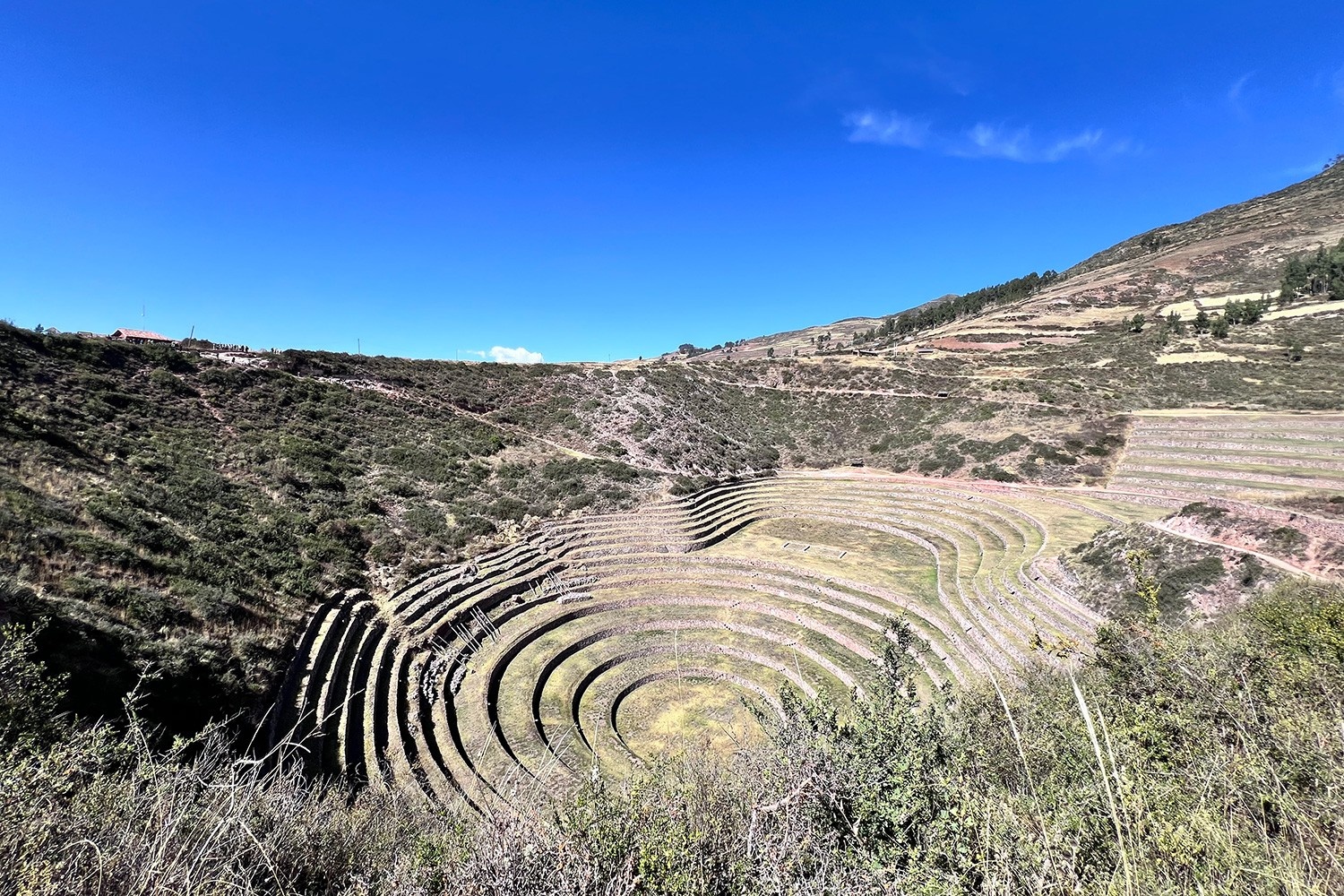
Overlooking the Incan Terraces at Moray. Courtesy of Erica Hanger
The Nuragic Settlements of Sardinia
Island of Sardinia, Italy | 1800 BCE to 238 BCE
There is something magical, mysterious, and inspiring about Sardinia. When I spoke to locals about this, they said, “It must be our Nuragic ancestors.”
Dating back to the Bronze Age, the Nuragic civilization built conical stone towers known as Nuraghi, constructed from local rock without mortar and designed for passive temperature regulation that kept interiors cool in summer and warm in winter.
These settlements weren’t random. They were placed to maximize access to water and natural resources, while minimizing disruption to the environment. On an island where fresh water is scarce, the Nuragic people created integrated systems of wells and cisterns. The sacred well of Santa Cristina, designed to maintain a constant water level, also served ceremonial and spiritual purposes, showing how practicality and cultural values were intertwined.
The villages often had circular layouts, which encouraged communal interaction and efficient use of space — a concept still relevant in urban planning today. Their approach to living with the land, rather than imposing on it, enabled them to thrive for centuries. Exploring Sardinia today, many of these structures remain intact. These ancient builders achieved a harmonious relationship with their Mediterranean landscape, creating self-sufficient communities that thrived for centuries with minimal ecological footprint.
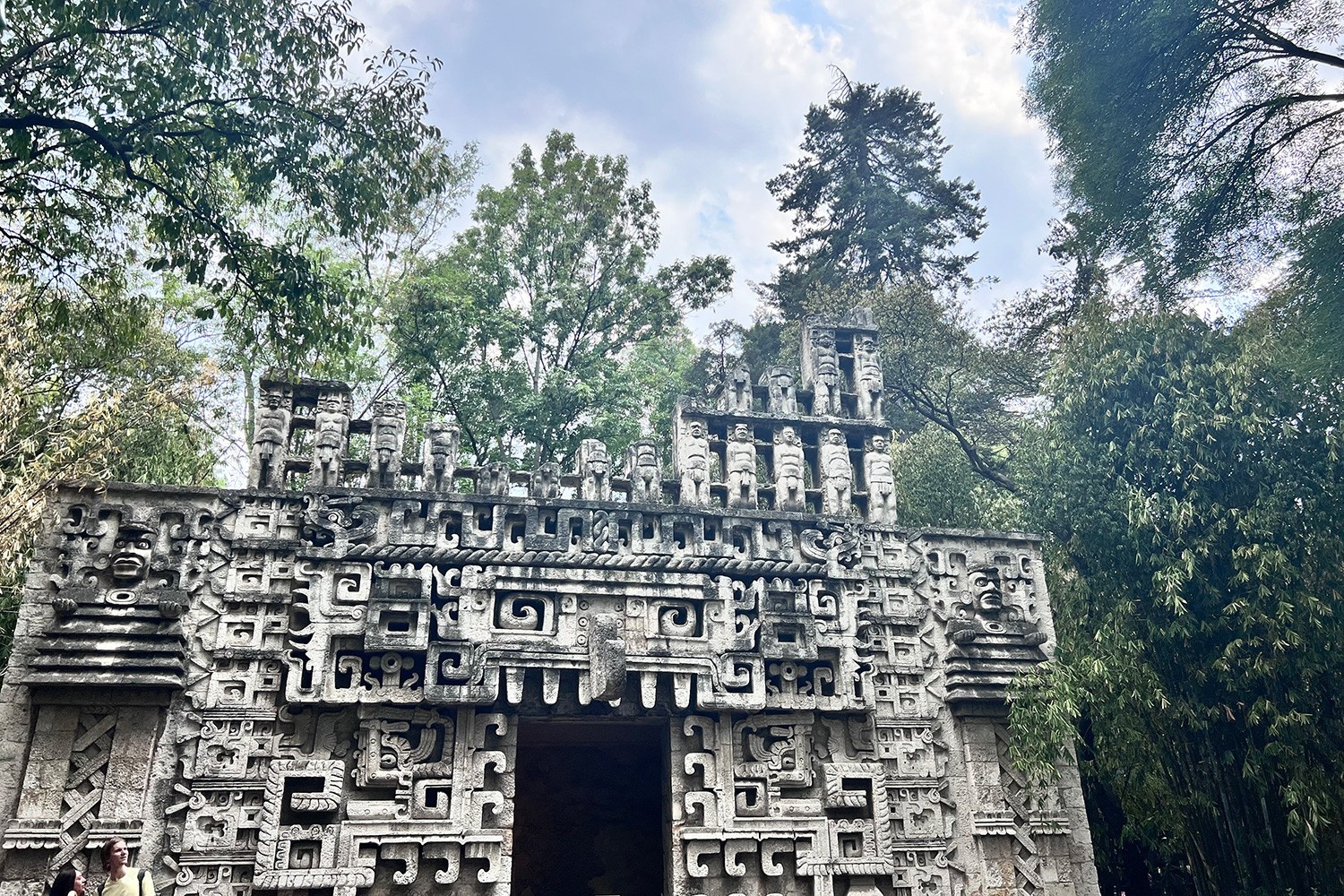
Visiting a Mayan Temple in Mexico City. Courtesy of Erica Hanger
The Incan Civilization
Western South America | 13th century CE to 1572 CE
After hiking the Inca Trail, my legs sore and lungs tested by the altitude, I arrived at Machu Picchu and was struck not just by its beauty but by its precision. The Inca built earthquake-resistant structures using massive stones fitted together without mortar. This dry-stone technique has allowed many of their buildings to survive centuries of seismic activity, offering a blueprint for climate-resilient construction today (high construction costs with stone, notwithstanding.)
Their settlements were carefully adapted to the landscape. Buildings were oriented to take advantage of natural light and thermal variation, reducing the need for artificial heating or cooling. In the nearby Sacred Valley, the Incas developed circular terraced agricultural systems, or muyus, which created diverse microclimates within a single space. These terraces helped manage erosion, controlled water flow, and integrated farming directly into the mountainous terrain — a sophisticated example of working with, not against, geography.
Pueblo Community in New Mexico
Southwestern United States | From around 100 CE to the present
In the high desert of what is now New Mexico, Pueblo communities adapted to extreme temperature swings with adobe construction — a blend of earth, straw, and water that regulates indoor temperatures naturally. Thick walls and strategically placed windows showcase a sophisticated understanding of passive solar design principles for energy efficiency, providing passive solar heating in winter and cooling in summer.
These communities also developed rainwater harvesting systems and shared infrastructure that prioritized collective well-being. Their settlement patterns fostered close-knit social networks, reflecting the idea that sustainability is as much about people as it is about buildings. Many of these techniques are echoed in contemporary desert architecture, from off-grid Earthships to modern adobe homes.
Ancient water harvesting systems from rainwater collection and community-centered design, also offer vital lessons for sustainable development in arid regions — like the present-day challenges of the Colorado River and how it supplies water for irrigation in several states. The Pueblo model offers insight into how to live within the limits of a dry landscape.
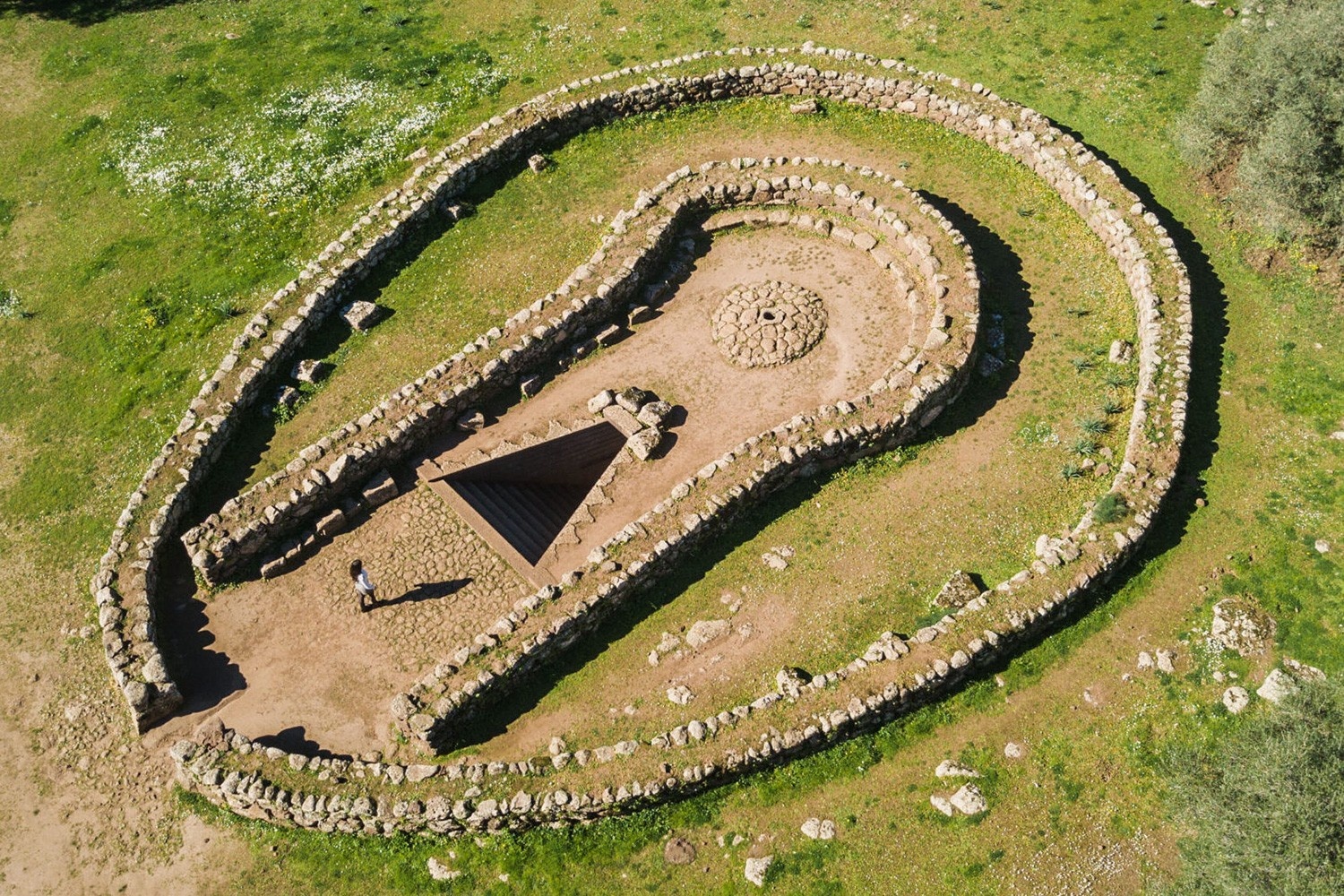
Sardinia's Santa Cristina well. Courtesy of Pozzo Santa Cristina Museum
Ancient Mayan Civilization
Southern Mexico, Guatemala, Belize, and parts of Honduras and El Salvador | 2000 BCE to 1500 CE
The Mayans are best known for their calendar and astronomical systems, but their environmental design deserves equal recognition. In their cities, they practiced rainwater collection, oriented their buildings for natural ventilation, and developed urban layouts that responded to the tropical climate — all of which reduced their reliance on outside energy inputs.
They also practiced sustainable forestry through controlled burns and land regeneration, encouraging rainforest recovery and responsible resource extraction. Their ‘garden cities’ included green spaces that absorbed carbon and helped regulate temperature — an ancient take on the concept of urban greening. Evidence suggests that Mayan planners used their astronomical and calendar systems to anticipate and adapt to environmental changes, highlighting the importance of incorporating climate forecasting in planning.
Ancient Wisdom for Modern Sustainability
Sustainability isn’t a recent invention. It was embedded in the way ancient civilizations built and lived. The Nuragic, Incan, Mayan, and Pueblo communities developed architecture and infrastructure that responded directly to their environment. They used local materials, managed water carefully, and planned settlements that supported both survival and social cohesion.
Today’s environmental challenges require the same kind of thinking. Design must consider climate, topography, and long-term adaptability. Passive systems for temperature regulation and water use can reduce dependence on energy and external infrastructure. Integrated planning — where housing, agriculture, and public space are not separated — supports both efficiency and resilience.
The most valuable insight from these ancient cultures may be their underlying approach: humans are part of an ecological system, not separate from it. That perspective, applied in a modern context, can help shape communities that are both livable and lasting.

Erica Hanger is a writer, content strategist, and travel advisor who lives nomadically with just a 45L backpack. She specializes in ethical and sustainable travel, food and culture, and outdoor adventures. She is passionate about community-led initiatives, solo female travel, and immersive experiences through global house-sitting. Her work has appeared in Typebar Magazine, Let’s Roam, Go World Travel, and Bespoke USA. You can find more of her work on her website or follow her adventures on Instagram at @wanderwitheri.
North Stars: Energy Efficiency, Waste Management, Water Management


